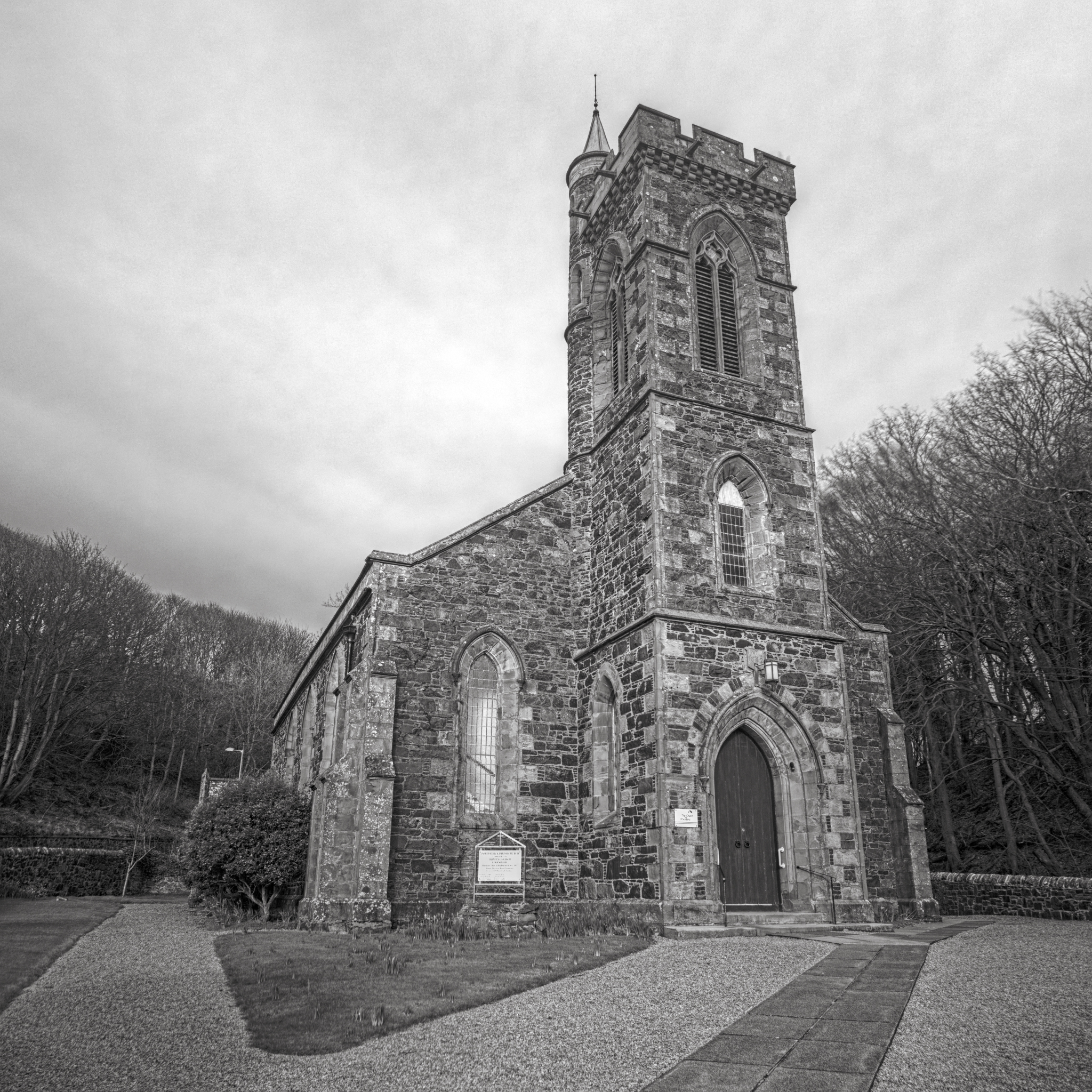If there’s a term I particularly despise, it is the “tip”; in 3 letters it makes a promise it cannot keep and belittles the photographic process into the bargain.
It is particularly repugnant when it appears in forms such as “tips for creative landscape photography: HDR”. Consider that example, and substitute the last term with any other technique that you can name – intentional camera movement (aka ICM), “use a tripod”, “use an ND filter”, “focus-stack”, “use a circular polariser filter”… what they all have in common is the tail wagging the dog, a not-entirely-latent suggestion that if you just do this one little thing, you’ll necessarily get better photos as a result.
Not so; of course, even if the technique were used appropriately, the results are either demonstration shots, or following in the footsteps of convention.
One dictionary defines “creative” as “the ability to transcend traditional ideas, rules, patterns, relationships or the like, and to create meaningful new ideas, forms, methods, interpretations, etc”.
If a tip is something one applies to the camera in search of a panacea, creativity is what one applies from one’s head in order to bring something new to the light-table. There is a progression from “a photo of” to “a photo where” and thence to “a photo that tells a story” – yet one can still pretend to make such on any street corner. Rather, I suggest it arises from concepts as a motivational force – an idea that you so desire to represent that you go out and make it happen with whatever techniques and equipment it takes.

I wanted to make a photo to illustrate the timescales at which things happen. That means an extreme shutter-speed, motion either obviously frozen or obviously prolonged, relative to the subjects at hand. Daffodils, shrubs and trees would blow around in the wind; with any luck, a sufficiently long exposure would capture some motion in the clouds; the Parish Church isn’t going anywhere any time soon.
So, a long exposure was chosen – over a minute – with welding glass and rubber bands – that requires the tripod. Even at its widest 18mm focal length, the kit lens only just got the width of the church in the scene, so I shot 8 photos working my way from bottom to top – that’s a vertorama, giving a massive field of view and playing with perspective distortion. As I panned up, taking exposures over a minute long, the sunlight illuminating the scene varied and obviously the sky was brighter, so I varied the exposure (both shutter time and the aperture) to avoid blowing highlights in the clouds – and that’s HDR. I wanted reasonable local contrast, both in the stonework and, critically, in the sky – that’s tonemapping. And I wanted a vintage feel – that’s black & white with warm toning.
But it’s not that I have “an HDR vertorama” to show – hopefully, what I have is a scene in which three subjects are portrayed operating at different speeds. That’s what matters.
Today, anyway.